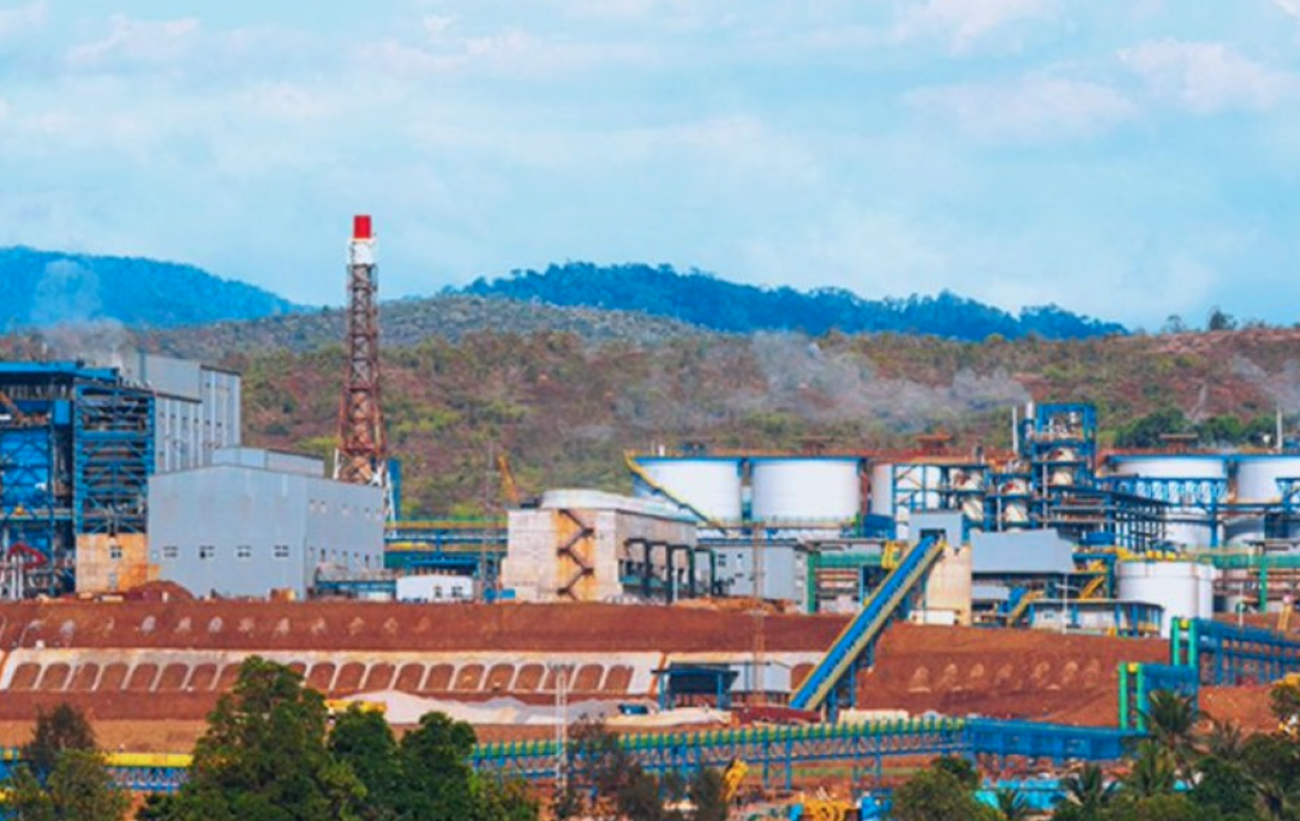Corrected since the beginning of the year, nickel prices are predicted to rise again. The driver for nickel prices will come from the Philippines, which has hinted at imposing an export tax on nickel. ICDX Research & Development Girta Yoga said that the positive trend in the nickel commodity will be driven by the planned export tax on raw nickel exports by the Philippines at the end of last January. In fact, the world's second largest nickel producer has the potential to completely ban exports as has been done by Indonesia. "This news has sparked concerns that it will also tighten nickel supplies on the global market," Girta told Kontan.co.id, Friday (24/2).
Girta said that the nickel ore export ban imposed by the Indonesian government since the beginning of 2020 has proven successful in boosting the trend of global nickel prices to become bullish. As with other commodities, nickel price movements cannot be separated from market laws, namely supply and demand. "Disturbances in the balance of one side will also have an impact on nickel price movements," he continued.
The potential for an increase in nickel prices is still considered quite large, but of course it must also be supported by positive catalysts such as the Philippines realizing plans to impose an export tax or completely banning exports of raw nickel. Also, China's economic recovery is running as expected. According to Girta, the signal for the reopening of the Chinese economy is a positive catalyst on the nickel demand side. This is because China's position as the first largest nickel importing country in the world can absorb the availability of nickel.
He projects that nickel prices in the first semester of 2023 will potentially meet a resistance level in the price range of US$ 30,000 per ton – US$ 32,000 per ton. If negative catalysts are found, the price of nickel has the potential to meet a support level in the price range of US$ 23,000 per ton - US$ 21,000 per ton.









